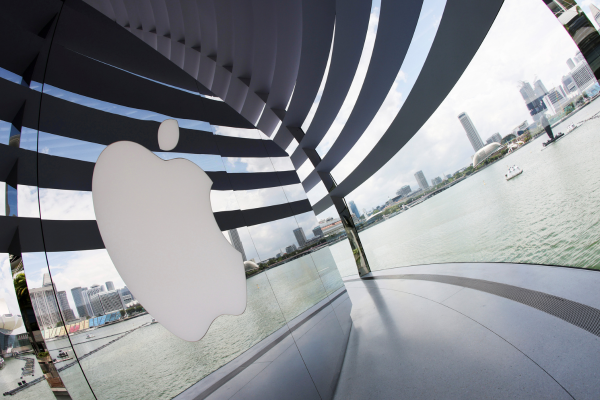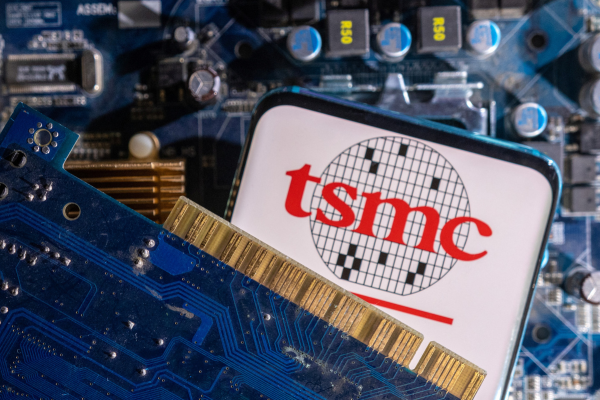How the pandemic has altered the sales landscape
Sponsored by Highspot
The past 18 months have pushed many businesses into a head-spinning state of rapid change. The abrupt end of face-to-face interactions forced companies to look to digital tools to help streamline their processes and keep their workforces engaged. McKinsey reports that three-quarters of B2B decision-makers currently prefer digital self-service and virtual engagement with salespeople, and Sales Enablement PRO found that having highly engaged employees correlates with a 30 per cent improvement in quota attainment.
However, with change comes risk, especially in the world of sales. Sales leaders need consistency and predictability as they navigate unpredictable times. Your organisation’s revenue depends on it.
The pandemic has forced rapid evolution in many industries, though there is a difference between a hasty decision and an agile one. An agile decision is strategic and scalable. It is also based on data and is subject to rigour. Though change can be challenging at first, and the agile decisions will pay off long-term. It is what sets apart good and great sales organisations. Sales leaders at agile organisations are asked by peers at organisations that make hasty decisions about how they did it.
Many companies were forced to make hasty decisions in 2020, as uncertainty clouded the waters of just about every industry. Though rushed decisions may sometimes pay off, they are often harder to replicate and scale if the sales team doesn’t have a thorough understanding of why they led to success. That is why data-backed insights are imperative. This information is the difference between sales teams where reps consistently hit targets and those who struggle.
An agile solution for moving targets
But how can we steward our teams amid so many unknowns, be agile and ensure our strategic decisions are scalable and effective? This is where the practice and technology of sales enablement can assist companies looking to map their strategic initiatives to training, marketing content and sales analytics. By doing so, you can create scalable and repeatable processes, driving consistent behaviour for salespeople. In essence, it is about writing a recipe that you know works.
When done well, sales enablement drives revenue, rep attainment and retention of talent. In one study, businesses with a formal enablement charter, vision and strategy achieved 12 per cent higher win rates and a 35 per cent increase in the number of salespeople achieving quotas compared with those without.
A good sales enablement tool is about optimisation, scale and precision. While every team will have high performers who have already acquired the behaviours to consistently hit their goals, many salespeople struggle to get their footing, leading to an average of 30 per cent seller turnover every year. A sales team with a robust sales enablement strategy can dramatically reduce this through the creation and delivery of a comprehensive onboarding programme that arms new salespeople with what they need to understand what to know, say, show and do in every selling scenario. This makes sellers more effective faster, which has a knock-on impact on team morale and average rep attainment, retention and customer experience.
“The pandemic has forced rapid evolution in many industries, though there is a difference between a hasty decision and an agile one”
Sales enablement in action
Let’s examine what this looks like in reality. Your company is trying to launch a new product. Many members of your sales team continue to work remotely, so how do you get everyone rapidly educated on the new product features across so many schedules and time zones? How do you land new marketing content? How do you prepare salespeople to make effective calls and send compelling emails to buyers? And how do your managers identify those who are struggling and then coach and guide them towards a more effective approach?
The rise of sales enablement platforms has delivered an effective answer to all the above. By providing salespeople with content, guidance, training and coaching in one easy-to-use tool, you can quickly and effectively translate strategic initiatives such as a new product launch into bite-sized best practices. Sales enablement tools give your teams one source of truth while providing insights into your team’s performance, allowing them to reinforce winning sales behaviours at scale. According to LinkedIn, the tools a salesperson relies on are closely correlated to their sales performance. Its report notes that 77 per cent of sales professionals say their sales organisation plans to invest “significantly more” in sales intelligence tools. To convince buyers to move through the sales process, your salespeople need to feel confident and ready to engage buyers. This is best accomplished by arming them with new tools and training that are dynamic, digital and easy to use.
From handshakes to webcams
Video conferencing has come a long way in the past year, but even if sales managers could record and review every call, that is not a scalable solution. But by arming sellers with the right content at the right time through dynamic sales plays, you can use analytics to measure the business impact of everything from content to sales training.
Without the opportunity to meet buyers in person, salespeople must ensure they clearly demonstrate their value during every buyer interaction. Forrester finds that 74 per cent of buyers choose to move forwards with the seller who first demonstrates value and insight. It is crucial that your salespeople provide valuable information from the very first interaction with their customers.
At its core, sales enablement is about equipping your team with what they need, when they need it and then optimising based on data through focused training and coaching. Every sales leader should be able to answer the following questions: does my team understand the overall strategy? Are they executing that strategy? Is the strategy delivering revenue results? Sales enablement is the difference between driving change that is effective and repeatable and change that fails to deliver results. In our current business climate, sales enablement is the key to making the agile decisions that drive revenue instead of hasty ones that may leave your team struggling to keep up.
By Andy Champion, VP and general manager, EMEA at Highspot

Business Reporter Team
Most Viewed
23-29 Hendon Lane, London, N3 1RT
23-29 Hendon Lane, London, N3 1RT
020 8349 4363
© 2024, Lyonsdown Limited. Business Reporter® is a registered trademark of Lyonsdown Ltd. VAT registration number: 830519543
Join the Business Reporter community today and get access to all our newsletters, and our full library of talk show episodes
Join the Business Reporter community today and get access to all our newsletters, and our full library of talk show episodes





